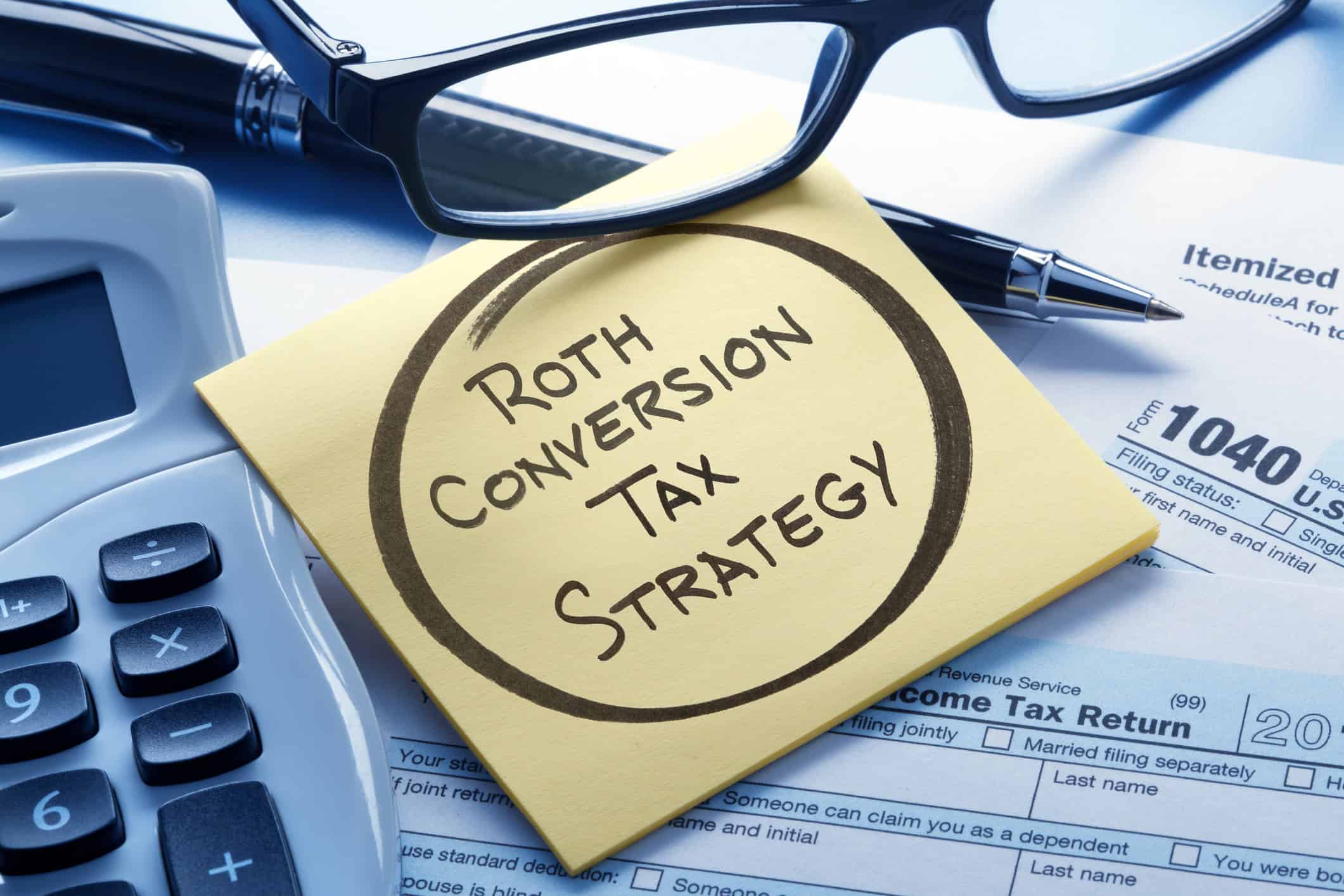
Understanding Cash Allocation Strategy in Portfolios
Benefits and Drawbacks of Holding Cash Positions
Managing the right amount of cash in an investment portfolio is never as straightforward as it seems. Whether you’re a seasoned investor or someone managing a sizable estate, the question often surfaces: How much cash is too much? Conventional wisdom heralds the advantages of liquidity and the security cash brings, but holding excessive idle cash drags on long-term performance. Finding that balance defines the skill of astute wealth stewardship.
Cash Allocation Strategy: Building the Foundation
There’s an undeniable allure to seeing a significant cash balance; the safety net cushions portfolios against volatility and offers immediate access to opportunities. Yet, too much of this good thing stunts growth and exposes investors to erosion from inflation. Understanding the interplay of these factors is foundational to any prudent cash allocation strategy.
Advantages of Holding Cash
Why do so many successful investors keep at least some dry powder handy? The answers are both psychological and strategic:
- Liquidity: Cash makes it easy to move quickly on market dislocations or personal expenses. No need to liquidate assets at an inconvenient time.
- Stability: Even in rough markets, cash will not drop in value as stocks and bonds might.
- Psychological comfort: Knowing you’re shielded from having to sell risky assets at a loss can improve investor discipline and reduce panic-driven mistakes.
Limitations of Idle Cash
However, there are costs—some obvious, others hidden. High-net-worth individuals especially risk short-changing their longer-term goals if too much cash sits on the sidelines:
- Inflation risk: Over time, inflation chips away at the real (after-inflation) value of every dollar.
- Opportunity cost: Cash earns little compared to the long-term returns of equities, real estate, or even bonds.
- Drag on performance: A sizable idle cash position in a rising market can be a silent drag, leaving meaningful growth untapped.
Assessing the Optimal Cash Allocation
“How much cash should I keep in my portfolio?” The answer changes depending on personal circumstances, risk appetite, and investment horizon. But expert consensus and available data offer some useful guidelines.
A quick review of high-net-worth portfolio surveys and academic recommendations yields the following general ranges:
| Risk Profile | Typical Cash Allocation (%) |
| Conservative | 8 – 15 |
| Balanced | 4 – 8 |
| Aggressive/Growth | 1 – 5 |
These numbers are best viewed as starting points. For ultra-high-net-worth families and institutions, cash allocation strategies often span a much broader range depending on anticipated capital calls, philanthropic distributions, and global exposure.
What is the Opportunity Cost?
Sitting on large cash reserves means missing out on the compounding power of more productive assets. The gulf can add up quickly. Consider the past decade:
- US stocks (S&P 500): ~11% annualized
- US bonds: ~3.5% annualized
- Money market/cash: <1.5% annualized
Even over five years, the difference between a 10% and a 2% annual return is striking when compounded:
| Starting Amount | 2% Annual Return (Cash) | 10% Annual Return (Equities) |
| $1,000,000 | $1,104,080 | $1,610,510 |
Inflation: The Invisible Thief
Inflation can turn “safety” into a stealthy loss. With US inflation ranging from 2% to 8% in recent years, holding large stagnant cash pools means accepting a slow bleed from purchasing power. Over decades, even moderate inflation quietly and consistently erodes real wealth.
Imagine a $2 million cash reserve, untouched for over 20 years, exposed to an average inflation rate of 3%. It would lose nearly half its purchasing power during that time. This reality demands that even the most risk-averse investors take inflation risk as seriously as market risk.
Expert Opinions on Cash Allocation Strategy
Perspective from industry veterans gives more color to academic ranges. Warren Buffett, for instance, urges investors to keep enough cash for near-term needs and to handle unforeseen circumstances, but not more. As he writes in his shareholder letters, “Cash…is to a business as oxygen is to an individual; never thought about when it is present, the only thing in mind when it is absent.”
Investment research firms like Morningstar and Vanguard often advise 3% to 6% in cash for most diversified long-term portfolios. A white paper from JP Morgan Private Bank highlights that “excess liquidity” (cash beyond spending needs and near-term reserves) is one of the top drags on long-term wealth accumulation.
They recommend structuring cash in three tiers:
- Daily/Monthly Needs: Checking and transaction accounts for operating expenses.
- Short-term Reserve: A cushion for 6-12 months of living or business expenses.
- Long-term Capital: Everything beyond should be put to more productive work.
Investing Idle Cash: Better Alternatives
Once near-term needs and risk buffers are met, the focus should turn toward putting idle cash to work. If market timing or current valuations make investors hesitant, consider staged investing or asset classes that straddle the line between safety and growth.
Ways to deploy excess cash might include:
- Dollar-cost averaging into diversified mutual funds or ETFs
- Short-duration bond funds or high-yield savings accounts
- Tax-advantaged municipal bonds for the high-net-worth crowd
- Alternative assets like private debt funds, structured notes, or asset-backed lending
Many wealth managers now implement automatic cash sweep programs—moving idle balances into higher-yielding, low-volatility vehicles to earn more without sacrificing liquidity.
When Might More Cash Be Warranted?
There are periods when a higher cash allocation can be both logical and strategic. These might include:
- Anticipated major purchases (real estate, business acquisition, philanthropy)
- Escalated market risks or once-in-a-generation asset bubbles
- Awaiting investment opportunities (distressed asset cycles, private equity opportunities)
- Tax-related considerations or regulatory changes
Even so, the rationale must be explicit and time-limited. Letting caution turn into permanent inertia means shortchanging long-term compounding.
A Pivotal Question for Every Investor
The appropriate cash allocation strategy is never one-size-fits-all. High-net-worth individuals and families must balance their need for flexibility, emotional comfort, and preservation with the obligation to keep their portfolios working efficiently.
Before increasing or reducing your own cash allocation, it helps to ask:
- What are my anticipated expenses or capital needs over the next 1-3 years?
- Am I holding back because of temporary market fears or a defined strategy?
- How does my cash balance compare to my total investable assets?
- Am I actively seeking ways to put idle cash to higher use?
Review portfolio cash regularly—at least annually, or after any major change in financial circumstances. Market conditions and personal needs evolve, and so should your strategy.
Bringing It All Together
Holding cash is about more than comfort or convenience; it’s about clarity of goals and disciplined risk management. Too much cash saps growth and leaves real wealth exposed to inflation. Too little can create vulnerability during rough patches.
Regularly revisit the reasons behind your current cash allocation. Treat cash as both a shield and a tool—protecting you from liquidity crises, while also enabling you to seize important investment opportunities.
Design your cash allocation strategy with confidence. Align it with your goals, risk preferences, and opportunities on the horizon. You’ll find that the right balance ultimately delivers both peace of mind and long-term prosperity.
Disclosures:
This commentary is not a recommendation to buy or sell a specific security. The content is not intended to be legal, tax or financial advice. Please consult a legal, tax or financial professional for information specific to your individual situation. Investing involves risk including possible loss of principal. Past performance is no guarantee of future results. Diversification does not guarantee a profit or protect against loss.




